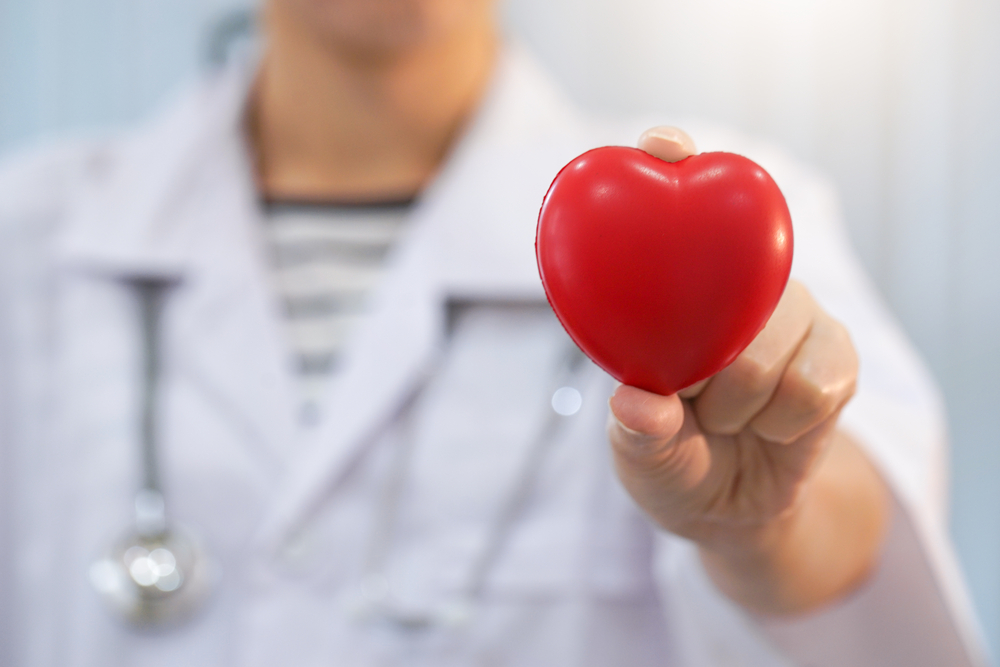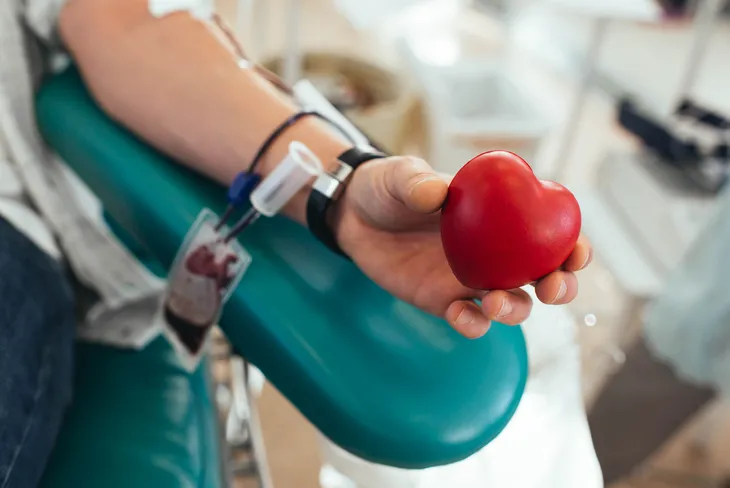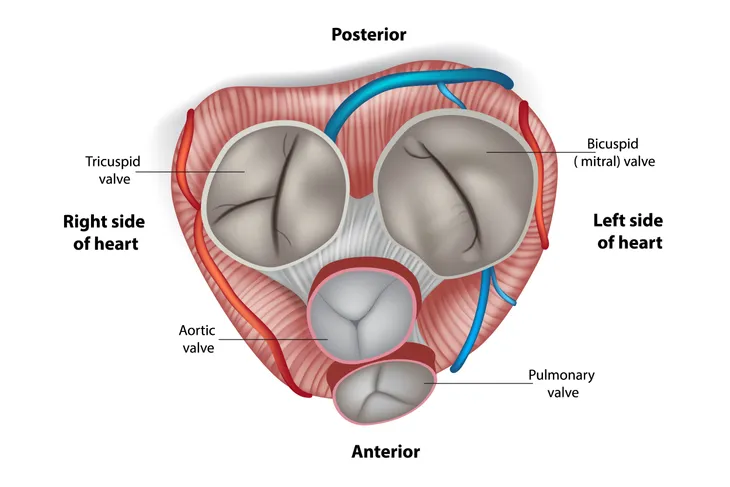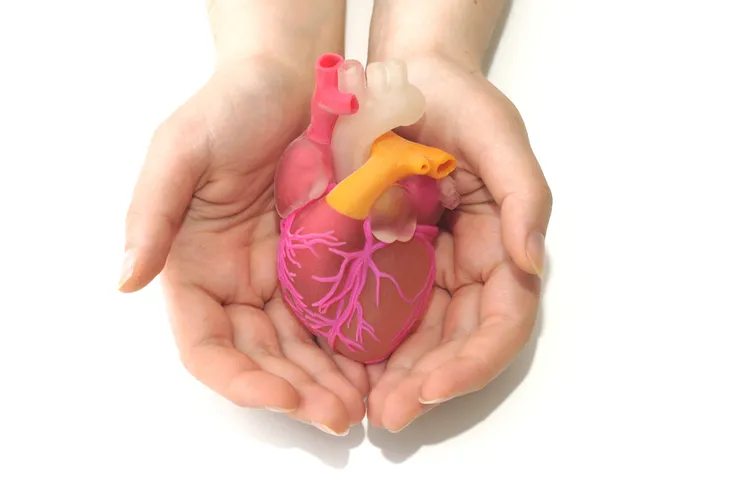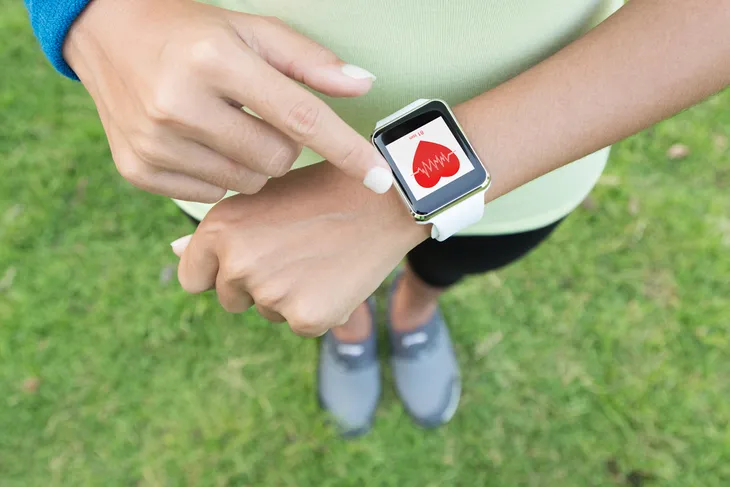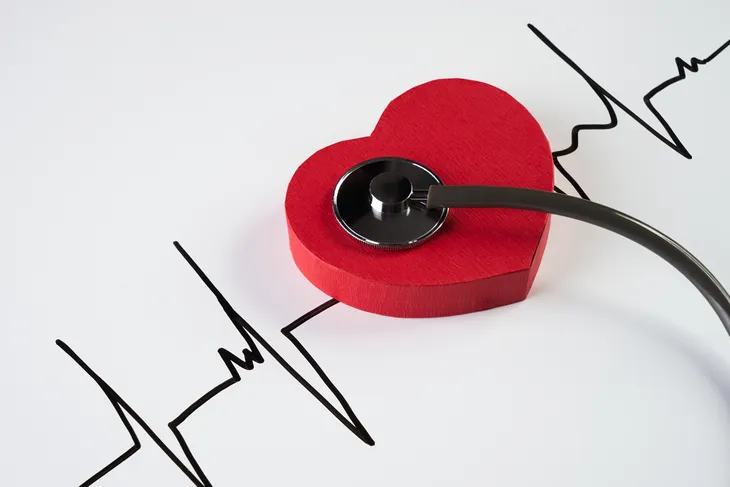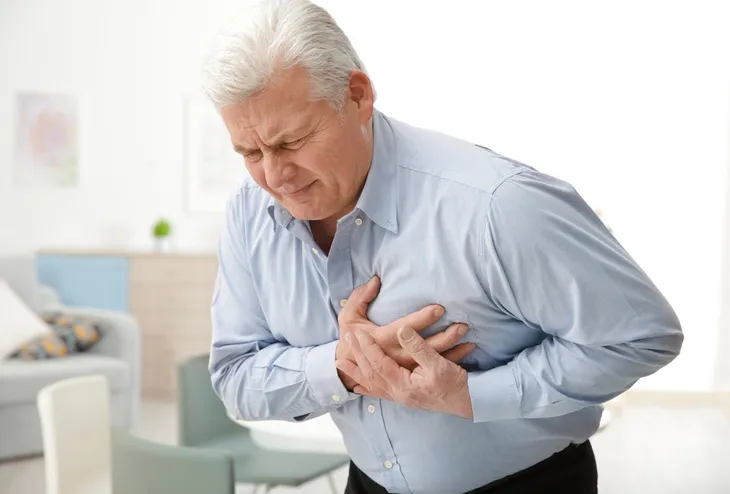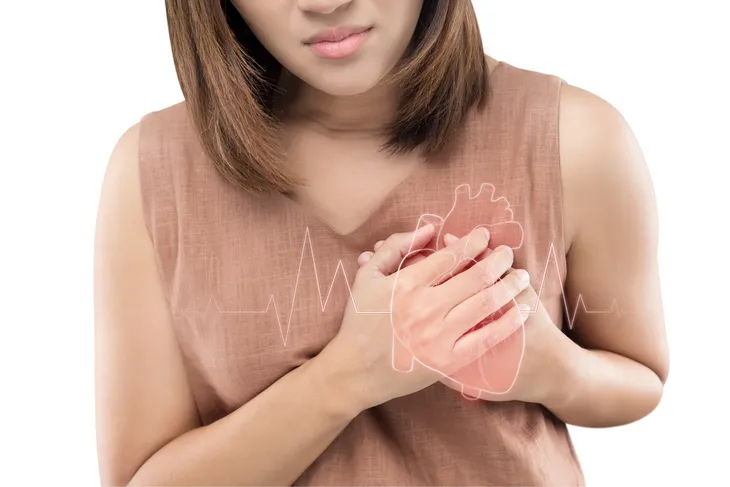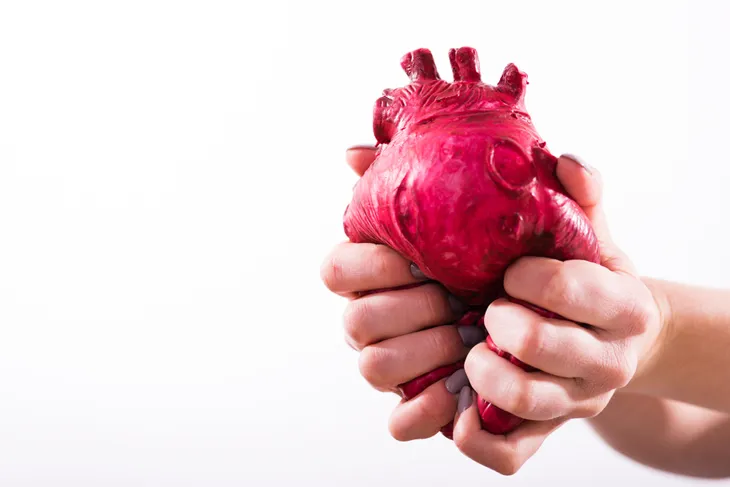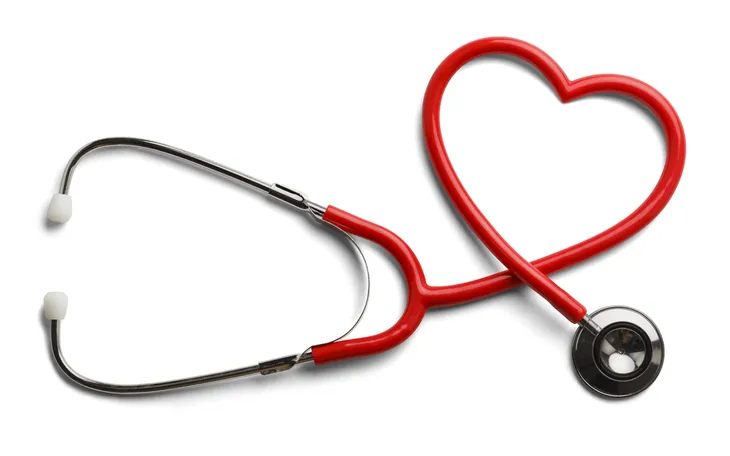How often do you think about your heart? I’m not asking about much you love your spouse, your kids, or your dog. I’m talking about the inner workings of one of your bodies most precious organs. In all likelihood, you probably don’t think about your heart often enough, and neither do I, yet this vital “pump” is literally and steadily transporting essential blood to your organs as you read this.
Give your ticker some thought, by reading through these fascinating heartfelt facts…
1. Heart Beat Beginnings
Did you know that your heart begins to beat in the womb?
That’s why the doctor usually asks mom and dad if they want to listen to their baby’s heart beat at the 4 week after conception mark.
2. Hundreds of Thousand Beats Per Day
On average, the human heart beats approximately 100,000 times per day!
Think about that over a lifetime—that’s an estimated 2.5 billion heart beats!
3. How Much Blood?
A healthy human heart will pump roughly 1 million barrels of blood over an average lifespan.
And those 1 million barrels of blood would be enough to fill 3 super truck tankers!
4. Icky Thump
Have you ever wondered why the heart produces a “thump-thump” sound through a stethoscope or in your ears when your blood pressure rises?
That “thump-thump” you hear is literally the noise made by the four valves of the heart (mitral valve, tricuspid valve, aortic valve, and pulmonary valve) as they open and close.
5. Male vs. Female Hearts
While the heart of an average healthy male typically beats around 70-beats-per-minute…
A woman’s heart beats a bit faster—at roughly 78-beats-per-minute. That’s 8 more beats per minute, ladies.
6. Male vs. Female Heart Weight
According to research from WebMD, the average healthy male heart weighs in at roughly 10-ounces.
And while a woman’s heart beats faster (8 more beats per minute), it weighs 2-ounces less at approximately 8-ounces in total.
7. Blood Circulates in Record Time
The heart circulates blood to the lungs and back in just 6 seconds. But that’s not all…
Blood circulates from brain and back in just 8 seconds, and from heart all the way to the toes and back in roughly 16 seconds. Wow!
8. How Bloody Big?!
As a child, your heart is roughly the same size as your clenched fist. For comparison, adult hearts are roughly the size of two hands clasped together.
For interest’s sake, the average size of a heart valve is a U.S. half dollar. And a blue whale’s heart is the largest at roughly 1,500 pounds.
9. Full Body Blood Supply
Did you know that the heart is responsible for providing adequate blood supply to 75-trillion cells throughout the entire body?
Well, that’s almost correct. The only area of the body that doesn’t require blood supply is the corneas (in the eyes).
10. Miles and Miles of Blood Vessels
Imagine commuting 60,000 miles to and from work each day! Well, that’s roughly the length of the blood vessels, responsible for providing precious blood to our organs and tissues.
Any damage to this route of valves (or the heart itself) puts your blood-pumping-power and demand at risk, causing the heart to work even harder.
11. Happiness = Happy Heart
According to research from the Cleveland Clinic, happiness makes our hearts happy, quite literally.
Being happy and feeling happy creates emotional vitality that translates to lower risk of heart disease.
12. Key to Heart Health
You guessed it, the key to good heart health is…exercise.
Not only is daily physical fitness vastly important to keeping your heart healthy—walking, running, and kicking a soccer ball are totally free!
13. Tell-Tale Heart
Edgar Allan Poe was onto something when he wrote the Tell-Tale Heart, about a murderer who dismembers a body piece by piece and hides it under the floorboards. The narrator and murderer ultimately loses his mind because he hearts his victim’s heart still beating under the floorboards.
In reality, the heart can continue to beat when removed from the body due to an electrical impulse (the heart has its own separate electric impulse) and an adequate supply of oxygen.
14. Heart Attack High Time
It may surprise you to learn that the most prevalent time of year for heart attacks is Christmas Day.
Boxing Day (December 26th) and New Year’s Day come in at a close second for heart attack high points.
15. Male Heart Attacks
Matters of the heart greatly differ when it comes to how the genders experience a heart attack.
Men, for instance, experience very obvious heart attack symptoms such as chest and shoulder pain, nausea, and indigestion.
16. Women’s Heart Attacks
Women’s heart attacks are generally a lot less obvious compared to a man who will associate chest pain and pressure with a coronary attack.
Rather than the telltale chest pain and nausea, a women having a heart attack will often suffer less obvious symptoms such as unusual fatigue, sleep disturbance, sweating, shortness of breath, and neck and jaw pain.
17. Gotta Love the Effort
Regina Avraham, author of The Circulatory System, praised the heart for how hard it works to pump blood throughout the body.
Avraham explained that if you squeeze a tennis ball as tightly as you can in your fist, you’re mimicking the effort it takes for one beat of the heart to pump blood.
18. Myths Taken to Heart
Over the ages there have been many heart-related myths, but the strangest misgivings may stem from early Egyptian times.
In the book, The Heart: The Living Pump, authors note that the early Egyptians believed the heart and other major organs had wills of their own and moved around inside the body.
19. Sitting is the New Smoking
Okay, that title might be a bit shock-worthy, but multiple newer studies note that a sedentary lifestyle increases the risk of heart disease.
In fact, sitting on your butt all day long and going home to Netflix and chill is linked to numerous chronic health conditions, including diabetes, cancer, heart disease, and early death.
20. Inventing the Stethoscope
French physician Rene Laennec is noted for inventing the stethoscope in 1815 due to rather modest reasons.
Dr. Laennec’s invention was created out of personal embarrassment when he felt it inappropriate to place his ear against the chest of a large-breasted female patient to listen to her heart.
21. A Final Heartfelt Description
If you’ve ever used the term “heartfelt”to describe using high emotions, you’d probably get a kick out of the word’s origin.
Philosopher, Aristotle, coined the term to describe the way the heart collected sensory input from the peripheral organs through the blood vessels, and used it to also describe “perceptions from which thought and emotions arose.”
